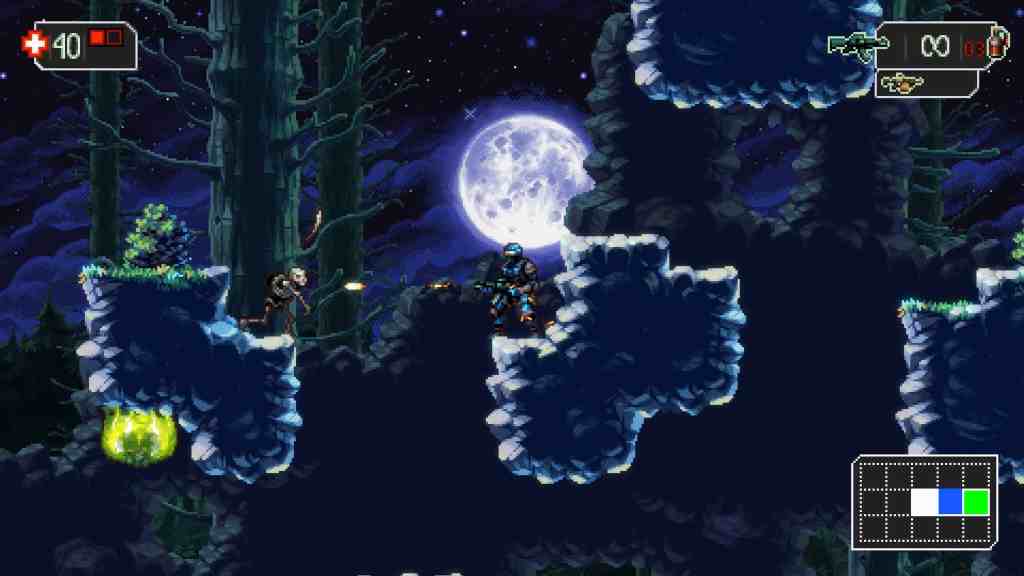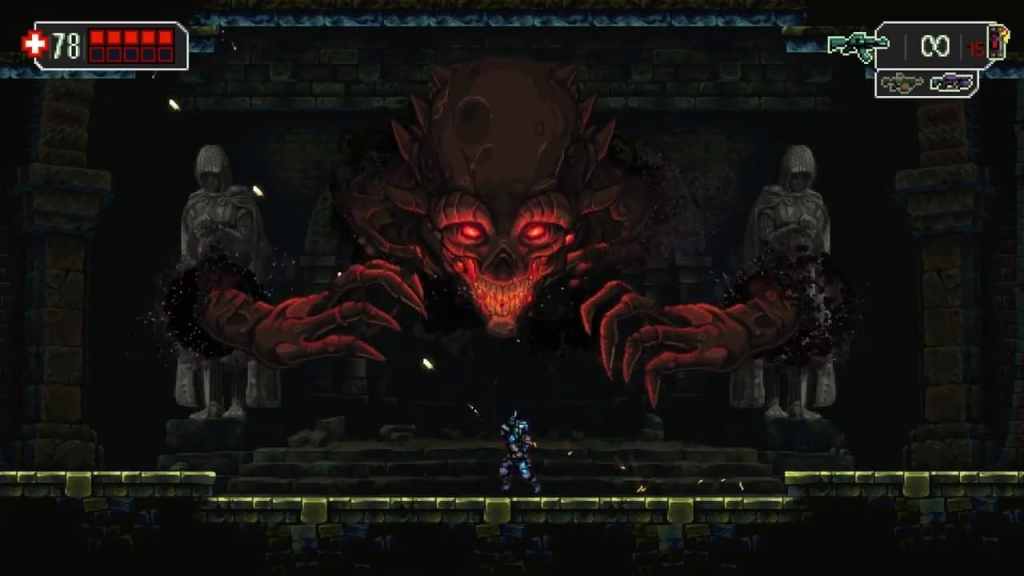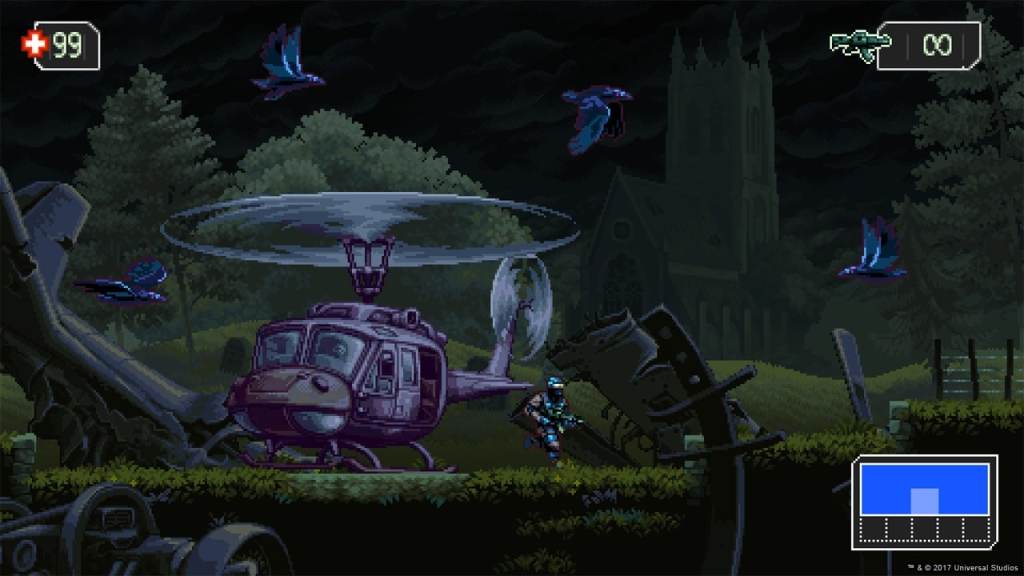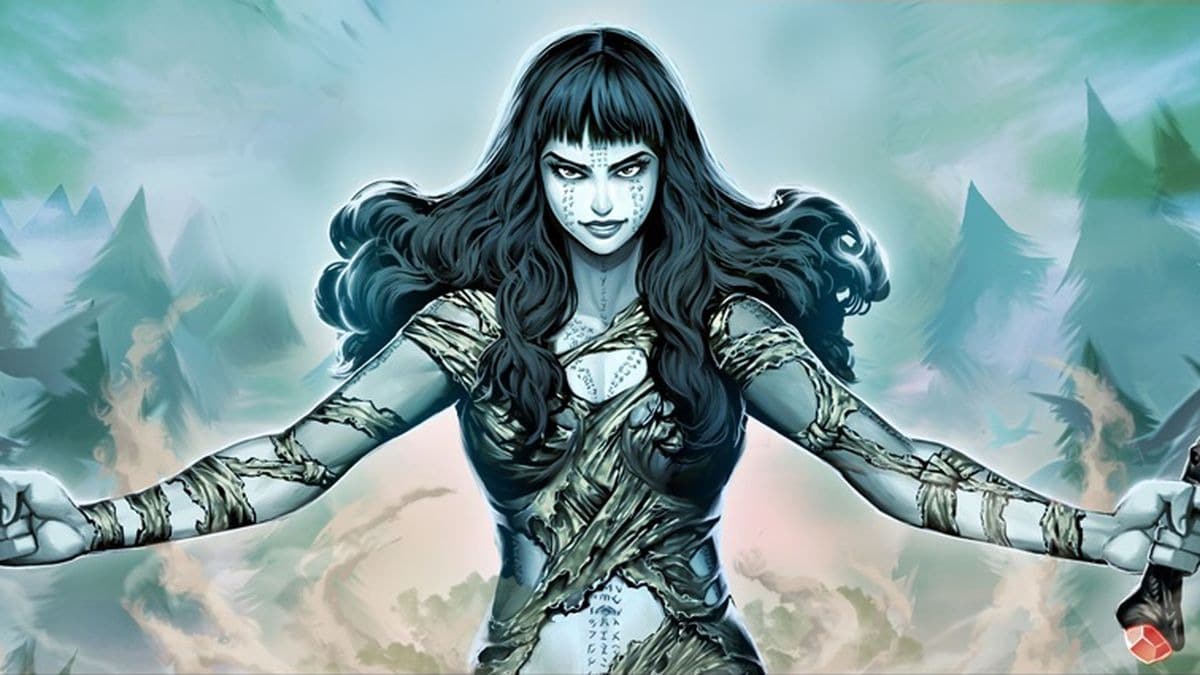Universal’s 2017 reboot of The Mummy, starring Tom Cruise, Russell Crowe, Annabelle Wallis, and Sofia Boutella is a good film. No matter how many times I’m presented with pitchforks over this opinion, I will not relent. Is it a great film? Is it a cinematic work that sticks in the brain, and compels you with complex storytelling and richly-layered characters? Absolutely not – but not all films must be great to be considered good. I like the 2017 Mummy, and that’s enough for me.
Regardless, there’s no doubt this adaptation was ill-received in its time.
Over the last decade, the memory of The Mummy and its silly sense of fun has largely faded, leaving only a grim legacy in its wake. It’s most remembered for being a brash attempt by Universal Pictures to crib from the Marvel Cinematic Universe (MCU) playbook. It’s become a symbol of man’s hubris – symbolic of a lack of understanding for shared film universes, and what made the MCU so popular.
Rather than layering years of deft storytelling to build its cinematic universe, Universal attempted to circumvent good planning by relying on massive star power, spending big, and talking big, to generate interest. Contrary to desire, this approach led to flat-out rejection that tarred The Mummy prior to release. When people finally saw it, that rejection grew louder.
The Mummy‘s critical failure and overly negative reception led to the cancellation of Universal’s plans for a wider “Dark Universe” of interconnected monster stories that would have led to a major crossover between the iconic Universal Monsters – The Mummy, Dracula, Frankenstein, The Wolf Man, The Invisible Man, The Creature from the Black Lagoon, and others.
This failure is not the only legacy The Mummy left behind.
As part of its marketing plans for the film, Universal went all-in, engaging a timeworn tactic to enthral fans into the Dark Universe: releasing multiple tie-in games to expand its plot and universe. Two of these – The Mummy: Dark Universe Stories and The Mummy: Prodigium Strike VR are largely lost to time, but one particular title has survived, and thrived, in the near-decade since its release.
In The Mummy Demastered, developer WayForward created a game that eclipsed its source material. It’s widely regarded as an excellent game in its own right, and is appreciated as a good example of a tie-in game done right. You don’t need to have watched The Mummy to enjoy The Mummy Demastered. All you really need is an eye for solid Metroidvanias, and gorgeous pixel art.

In The Mummy Demastered, you are an agent of Prodigium – a SHIELD-like organisation tasked with controlling the supernatural population, and protecting the world from evil. Unlike a traditional tie-in game, you aren’t a big dog in the universe of The Mummy Demastered. Tom Cruise’s protagonist Nick Morton is nowhere to be seen. Instead, you’re an elite agent gathering weapons and upgrades to take down monsters, and thwart the rise of evil mummy, Ahmanet.
It’s not only mummies and resurrected zombies you’ll face. The Mummy Demastered is also home to bats and bugs, giant spiders, slime creatures, and a plethora of bosses inspired by Ancient Egyptian mythology. Set, the God of Death, also puts in an appearance as a final obstacle to freedom.
The events of The Mummy Demastered evolve in parallel to the events of The Mummy. You get snippets of what happens in the film, but you’re largely on clean up duty, working behind the scenes to take down evil, and ensure Ahmanet’s influence doesn’t spread any further than London.
Occasionally, you’ll get instructions from Dr. Henry Jekyll – as played by Russell Crowe in the films, and in Demastered, based on the likeness of the game’s director, Austin Ivansmith – but for the most part, The Mummy Demastered exists as a novel side chapter that expands the Dark Universe.
According to Adam Tierney, WayForward’s head of bizdev and publishing, it’s in this approach that the game’s development team was able to experiment with new, creative ideas, and explore the world of The Mummy in a seamless way.
“We’ve taken this approach occasionally on our licensed games,” Tierney told GamesHub. “Whenever you can create a side-story that runs alongside events of the film, it tends to give you more flexibility for different events, characters, bosses, etc. than if you try to do a direct adaptation.”
For that same reason, it was easier to focus on a whole new character, leaving aside the developments of The Mummy, and the wider plan for the Dark Universe. WayForward was essentially given a slim briefing by Universal, and then given the remit to create their own ideas.

“We met with Universal to discuss the possibility of doing a game based on the upcoming film. There wasn’t a lot of time, which was one of the reasons it needed to be done in pixel art, rather than HD or 3D artwork,” Tierney explained.
“They shared some materials from the film, and the overall Dark Universe plans, and we came back shortly after with our proposal of a Prodigium Agent-focused side story.”
Notably, WayForward was not informed of other plans for The Mummy franchise beyond the studio’s own remit. While the team worked on The Mummy Demastered, projects including The Mummy: Dark Universe Stories and The Mummy: Prodigium Strike VR were developed independently. And in the background, Universal gestated its plans for the Dark Universe.
Following a period of rapid development, The Mummy Demastered arrived as a sharp, creatively-minded game. Its pixel art style is fresh and vivid, and its character designs are particularly startling. From the kernel of The Mummy, WayForward managed to flesh out a compelling, gothic world – and one which explores the story of Set and Princess Ahmanet in refreshingly restrained fashion.
One common criticism lobbied at the 2017 Mummy is its deployment of Ahmanet’s story. It’s presented as too straightforward in the film, with much of the inherent mystery of her arrival and past being spelled out immediately in the narration. The Mummy Demastered, free of studio influence or the need to overly explain to its audience, uses Ahmanet sparingly, as a lurking threat that haunts each of the game’s levels.
It’s an effective horror game in that regard. It’s creepy at every turn, and knows when to hold back its grand reveals. The further you travel, the darker its world gets – until dog-beasts are leaping from the shadows, and giant spiders are descending from the rafters. The shock of their arrival is earned.
As a nameless, faceless Prodigium agent, guided by your masters, your protagonist is also a delightful blank slate. In lieu of a more interesting avatar, the game’s dark world shines – its lush pixel forests, oozing beasts, and shadow-drenched terrors.

On launch, the game’s approach to adapting the Dark Universe was roundly praised – with the most common sentiment being surprise at the quality of the adaptation. While its heavy Metroid influences were noted, players fell in love with its visuals, its gameplay, its music, and its classic loop-based exploration.
Some noted disappointment in the story and depth of the game – but given the tight turnaround implied by WayForward, that The Mummy Demastered released as such a memorable, good-looking game feels like a miracle. When you consider the way its source material was maligned, the game’s longevity and sustained popularity is equally surprising.
Seven years on from release, The Mummy Demastered is still remembered fondly. For WayForward, it also remains a point of pride for the studio.
“Mummy was a really fun project because, while it started off a bit small, soon the needs of the game became clear and we were motivated to really polish it and make it cool,” Tomm Hulett, director at WayForward and level designer on the game said. “Even though it was still several months of work, it had a bit of a game jam feel to it, and seeing such positive reaction from players was extremely satisfying.”
When we talk about The Mummy – in any light – we should remember everything it gave us. While the tide of popular opinion can’t be fought, and the discourse around the film will likely never shift, The Mummy Demastered is just one brilliant example of the core potential of the Dark Universe, and its multi-layered world.
More to the point, it’s another feather in WayForward’s cap. In The Mummy Demastered, the studio has seemingly done the impossible. It’s outlived its forebear, and reclaimed the legacy of The Mummy.





